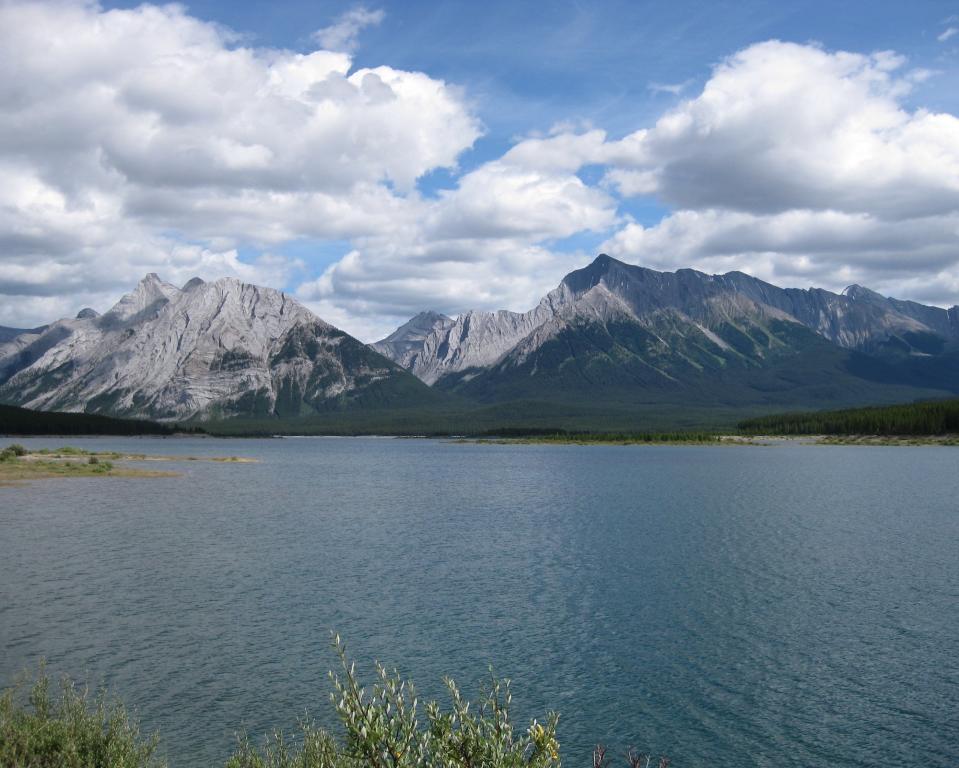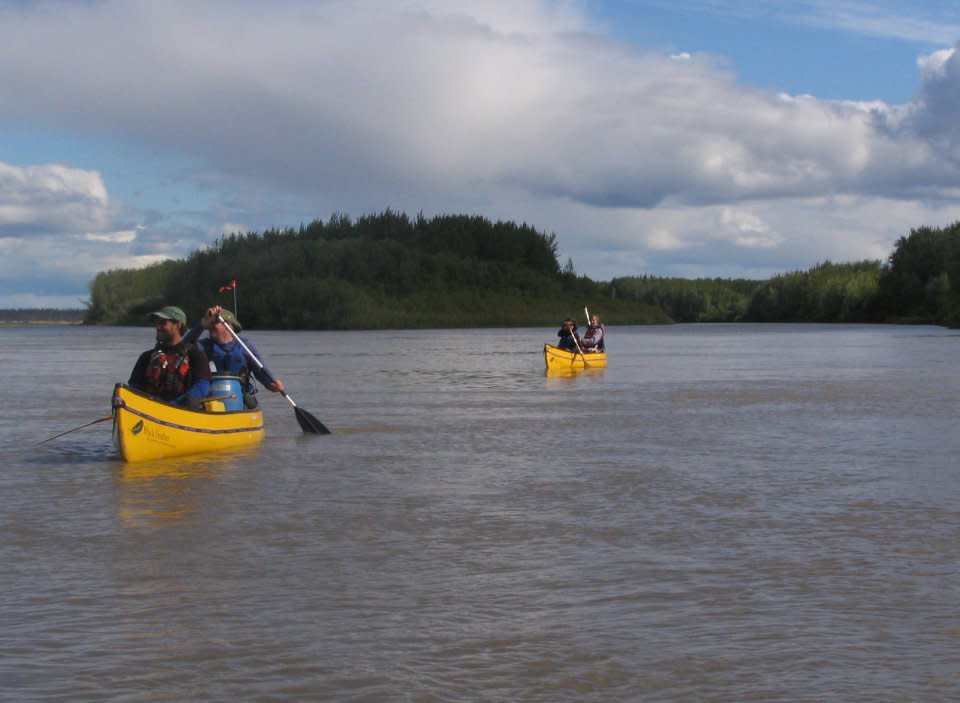The world’s longest trail will be completed next year with nearly 15,000 miles of paths — here’s what it looks like

James Clark/Trans Canada Trail
View from the the Great Trail in Kananaskis Country in Alberta
Canada is going all out for its next birthday. In fact, you could say the country has been planning its celebration for 24 years.
The Great Trail, an extensive network of paths that spans the country from north to south and east to west, is set to be complete by the end of 2017, the year of Canada’s 150th anniversary. The project has been in progress since 1992, and will connect a whopping 14,828 miles of hiking and biking paths, making it the world’s longest recreational trail.
To put that into perspective, the Pacific Crest Trail, which runs the full length of the US’ west coast, is just 2,650 miles long.
Because of its length, the path connects a stunning diversity of landscapes, from urban walkways to snowy peaks. Take a look.
The trail wasn’t built from scratch — instead, the map was designed to connect a bunch of existing paths throughout Canada.

Christina Kozakiewicz, publicist for the Trans Canada Trail, the nonprofit that oversees the project, tells Business Insider that those preexisting trails make up more than half of the Great Trail.
So far, 90% of the trail — 13,329 miles — has been connected across 13 provinces and territories.

Though the Trans Canada Trail organization was founded to create the trail, various local organizations and authorities have taken on the responsibility of building and maintaining the portions of it that pass through their regions or jurisdictions.
The trail runs through cities like Vancouver, Toronto, and Montreal, as well as Canada’s remote northern territories.

The most urban portion is the Waterfront Trail in downtown Toronto, which goes along the shore of Lake Ontario and this is used by thousands of people every day. The most remote portions go through the Nunavut and Yukon territories in the northern areas of Canada. Kozakiewicz says dogsleds are commonly used on the trail in the winter there.
Ontario is home to the longest section of the trail, which spans 2,892 miles.

The trail also passes through some of Canada’s most famous parks, including Banff National Park in Alberta

The Trans Canada Trail organization boasts that one in five Canadians currently live within a 30-minute drive of the trail.

The trail is mostly for hikers and bikers, though some portions are designed for other forms of transportation.

Waterways make up part of the network, and are traversable by kayak or boat. They have regularly spaced access points, signs, and camp sights.
30% of the trail is made up of roads, which are often secondary rural routes in less populated areas.
During the winter, visitors can go cross-country skiing and snowmobiling along the snowy parts of the trail.

The Trans Canada Trail organization recently launched an app to help users navigate the trail’s extensive network.

The app provides maps, information about the trails, descriptions of nearby amenities (like parking, restrooms, access points, and rental stations for paddlers). But it requires a wireless signal, so won’t work in the most remote ares.
The Canadian government has given more than $50 million dollars to the construction of the trail over the years.

Since 2012, the government has been giving 50 cents for every dollar raised, and will continue to do so until it matches $25 million in donations.
Though connecting the trail will likely take until December 2017, Kozakiewicz says a nation-wide celebration is planned for late August of that year. Details have not yet been announced, however.
Trans Canada Trail President & CEO Deborah Apps tells Business Insider that even once the trail is fully connected, the project still won’t be done. “2017 is just the beginning of our story,” she says.

“The Trail will never be complete. We will continue to build and improve this treasure for generations to come,” Apps says.
The post The world’s longest trail will be completed next year with nearly 15,000 miles of paths — here’s what it looks like appeared first on Business Insider.

 Yahoo Finance
Yahoo Finance 
